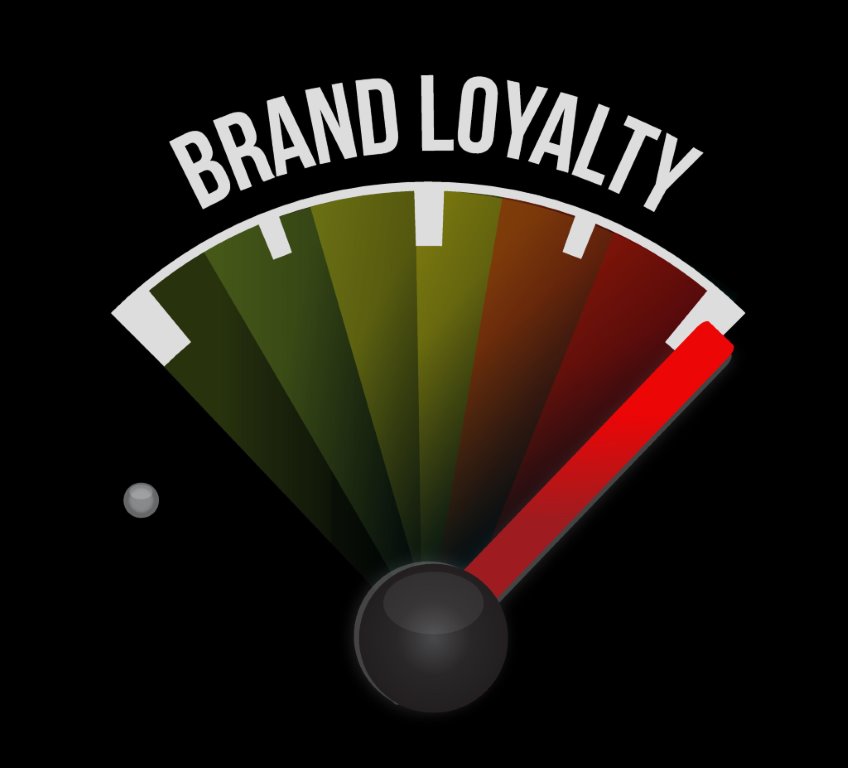 When speaking to the Executive MBA class at Tulane University last week we were asked, “Why bother with bricks and mortar distribution challenges if you can sell your brand on the web?” We often get this question, especially from millennials who grew up with online commerce and don’t see the advantages of bricks-and-mortar distribution.
When speaking to the Executive MBA class at Tulane University last week we were asked, “Why bother with bricks and mortar distribution challenges if you can sell your brand on the web?” We often get this question, especially from millennials who grew up with online commerce and don’t see the advantages of bricks-and-mortar distribution.
Certainly selling direct to the consumer seems to promise more profitability, cut out the middleman, and provide instant market access. If your product has not yet been able to achieve bricks and mortar distribution, you may have little choice but to market it on line. However, whether you sell in bricks and mortar stores, online, or both, maintaining a user-friendly website is essential to brand building, consumer education, and overall credibility.
There’s no question that for certain kinds of branded products and services, the web is the place to be. If your product is light weight or moderate to high priced, the cost of delivery can be easily justified by the consumer because it is a small percentage of the purchase. But when you are selling your products on line, it is a race for the lowest price.
Consumers use the web to shop for the lowest price and if that is not you, they will buy from your competitor. When folks shop at a bricks-and-mortar store, they must make an investment in time and travel, so they feel compelled to buy what’s there or go home empty handed. But that’s not the only advantage of good, old fashioned bricks-and-mortar retail stores. Here are four more:
Efficiency. Retail stores are efficient. The consumer can drive to a store or two, buy most of what they are looking for, drive it home, and use it – all on the same day. Web shoppers have to search various sites to find what they need, compare prices, and then pay separately for each item and also pay separately to have each item delivered. And when they shop over the internet, you are not really selling over the internet. You are taking orders and then delivering by DHL, UPS, or FedEx. Even though you say “free delivery,” they know that it’s hidden in the price.
Discovery. Startups with unknown brands have advantages in retail stores because of the potential of discovery. Even though the consumer may be there to buy other brands, they have a chance of finding yours. On the web, shoppers have to be looking for your brand or it has to be the cheapest, and they have to be willing to pay for delivery.
Value. Unlike the web where price quickly becomes the only consideration, in a physical retail store, your branded products have a greater opportunity of being sold on their value. The fact that they are physically on display allows consumers to compare features not just prices. Plus their comparison is limited to only the other like products at that store, rather than all that are available on the web.
Quantity. Unlike selling individual units to each on-line customer, you can sell a large quantity to a store or chain for a much bigger check. This helps you tremendously with your cash flow management and enables you to make quantity purchases of your own supplies. This enables you to expand your margin.
Many businesses sell exclusively on line because they have to. There’s limited shelf space available in bricks-and-mortar stores. On-line selling may be a good way to get started, but be sure to leave some room in your pricing for the day when you achieve conventional distribution. You’ll be glad you did!

